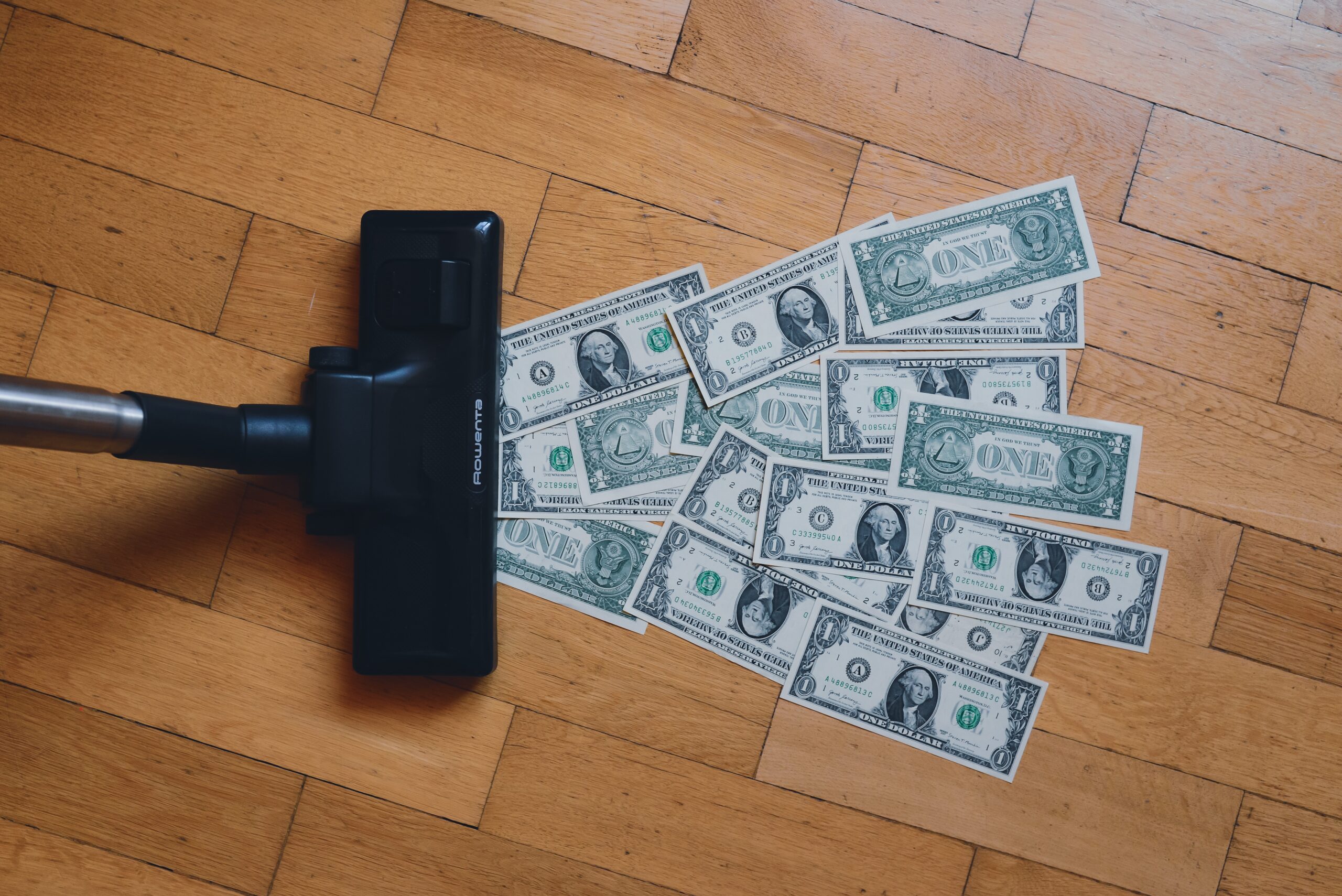Mistakes to avoid when paying off your credit cards
One major mistake you can make when paying off your credit card debt is overcomplicating your repayment strategy. People often get tangled in intricate plans that end up doing more harm than good, adding to the high-interest rates and credit card charges.
To keep things simple and effective, here are some common mistakes you want to sidestep in your journey to pay off that credit card debt:
Making only the minimum payments
Only paying off the minimum payments on your credit cards is like trying to put out a forest fire with a water gun. Sure, you’re doing something, but you’re not really getting anywhere.
In my years of helping people navigate the financial jungle, I can’t stress enough how this is one of the biggest mistakes you can make. Why? Because you’re throwing money down a black hole. The debt lingers, and with every passing day, the interest piles up like a snowball rolling downhill.
Paying off just a bit more than those minimum payments can make a world of difference. It’s not just about the dollars; it’s about the psychological weight of debt hanging over your head.
Think about it — that extra amount you pay is not just reducing your balance; it’s buying you peace of mind. It’s a step toward financial freedom, and let me tell you, that feeling is priceless.
Keeping the same old habits
You know what they say: the definition of insanity is doing the same thing over and over again and expecting different results. Well, it holds true for your financial habits, too (did that rhyme?).
When you’re battling credit card debt, sticking to your old spending habits is like trying to bail out a sinking boat with a teaspoon. It just won’t cut it. Sure, you’ve got your repayment plan sorted, but what about the other side of the coin? Managing your spending is just as crucial. You’d be surprised how even small adjustments can make a big difference.
Think about it: if you automate just $20 from every $100 you earn to go straight into debt repayment, you could shave up to four months off your debt schedule. That’s not financial wizardry; it’s smart, practical, and achievable.
Reinventing the wheel
You might have heard about balance transfers as a way to escape the high-interest quicksand of credit card debt. They can sound tempting, offering you a lifebuoy in the form of a lower APR for a few months. But here’s the deal: credit card companies are like magicians when it comes to these offers. They’ll lure you in with the promise of saving money, only to hit you with a pile of confusing terms and conditions.
Now, don’t get me wrong — balance transfers can work for some folks. However, I’m not exactly their number one fan. Sure, it might buy you some time, but it doesn’t change the fundamental problem.
And that’s the truth with most of these so-called solutions: they’re just elaborate ways of reinventing the wheel. Whether it’s a balance transfer, dipping into your 401(k), or tapping into your home equity line of credit (HELOC), it’s all just adding more layers of complexity to your financial life. And trust me, when it comes to getting out of debt, simpler is often better.
Get started finding all your debt and paying it off
The best way to pay off credit card debt? It’s not to dazzle yourself with complex spreadsheets or spend hours crafting the perfect financial model. It’s about taking that first step, and that begins with knowing your enemy: your debt.
Start by facing the numbers. How much do you owe? Where do you stand? Get all your debts out in the open, stare them down, and decide on a plan of attack. Negotiate those interest rates. Take those sure steps into the financial battlefield.
It might seem inconvenient at first, but the relief of watching your debt shrink month by month is worth every bit of effort. So, gear up, figure out your debt strategy, and let’s kick-start your journey to a debt-free life!



